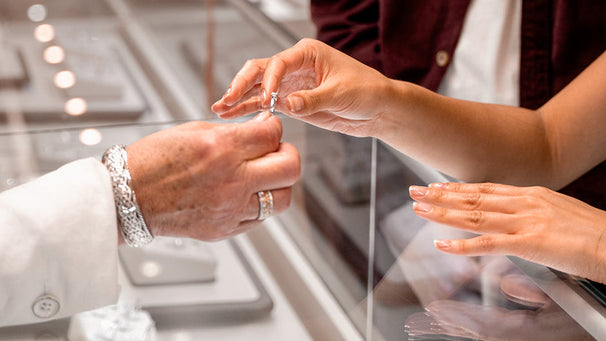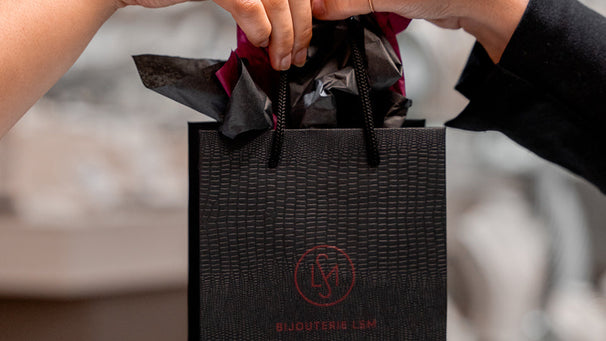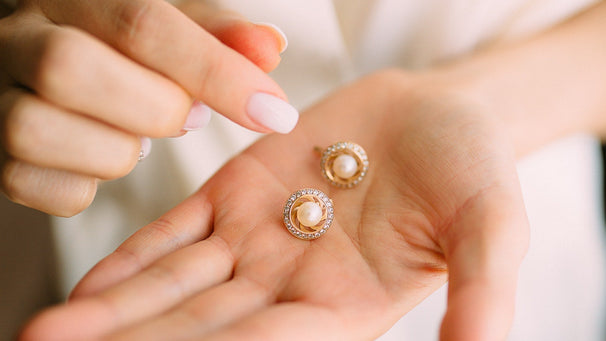Color therapy for back to school!
Color therapy is a method of harmonizing and helping to naturally heal illnesses through colors.
Colors correspond to vibrations with different speeds, wavelengths, and rhythms. Colors exert a physical, psychological, and emotional influence that we are generally unaware of and allow our vital energy to reach a state that greatly facilitates self-healing.

What do colors bring us...
WHITE stimulates neurons.
White has an energizing effect.
Its bactericidal and invigorating properties have long been recognized. It is therefore no coincidence that most hospitals have opted for this color. It is also very present in offices, because, in addition to the feeling of cleanliness it provides, it stimulates the occupants intellectually and makes them more productive. White is therefore perfectly suited to certain rooms of the house where occupants are likely to be active, such as the living room or the kitchen.
RED makes you fall in love.
Highly stimulating, red has antiseptic and healing powers. According to scientists, it can help treat anemia, lymphatism, and shyness. It is not recommended to cover the walls of a bedroom in red, as insomniacs may have trouble sleeping or suffer from restless sleep. However, given its tonic action, it is interesting to include a touch of red, through an object or a painting for example, because it has aphrodisiac properties...
PINK fights stress.
It combats stress, pessimism, and anxiety, hence the expression "seeing life through rose-tinted glasses." But color therapists (who treat with color) advise against using this color alone in a resting place. Because pink is also a stimulant, although to a lesser extent than red.
According to science, little girls' pink bedrooms are a real heresy! Far from being models of wisdom straight out of a nursery rhyme, they risk becoming hyperactive.
YELLOW fights depression.
Yellow is an invigorating, but not exciting, color. This color is ideal for people prone to depression, as it provides energy and facilitates communication and interaction.
Yellow can therefore be used in a living room, a meeting room, or even in the bedroom of a depressed person, provided that it is not the only color in the room.
Pair it with blue, green or purple.
ORANGE helps digestion.
Still in the category of tonics, orange is considered an antispasmodic. Color therapists attribute it to cardiac and thyroid stimulating properties. Orange also helps the body digest better. This warm color is therefore recommended in kitchens, if you eat your meals there, or in the dining room.
BLUE relaxes the atmosphere.
Blue is known for its sedative and antispasmodic effects. It fights fevers and tones the nervous system. A favorite color of the French, it's ideal for a bedroom. However, it may have a slightly anesthetic effect in a living room or office.
In this case, it is good to combine it with other more tonic colors, such as red, yellow or white.
GREEN brings serenity.
Green calms the mind, revitalizes the body, and creates a sense of serenity. It's a color often used by hypnotists in preparation for a session to help build confidence.
This color of harmony and hope is perfect in rooms where you want more freshness and light, but especially in a bedroom, because it promotes restful sleep.
VIOLET calms insomnia.
This color fights insomnia and calms nervous excitement.
Imagine that simply redecorating your bedroom in purple could help you get back to sleeping like a baby...
Sounds dreamy, doesn't it? What's more, according to color therapists, purple fights all forms of intoxication and joint problems.
Source: ARNELAE'S PLACE


